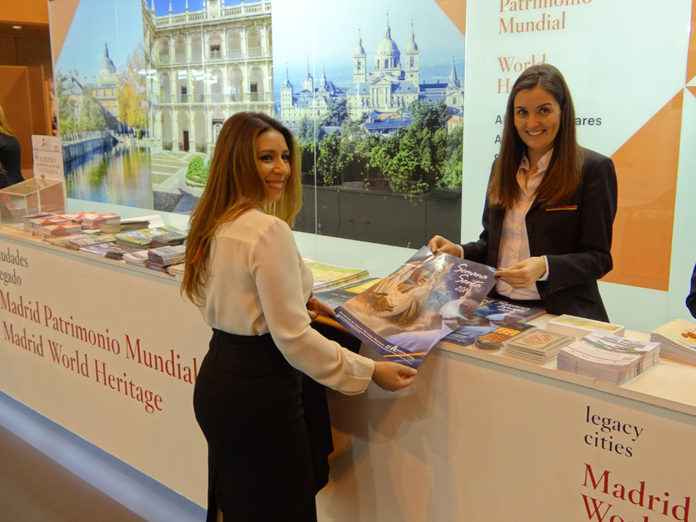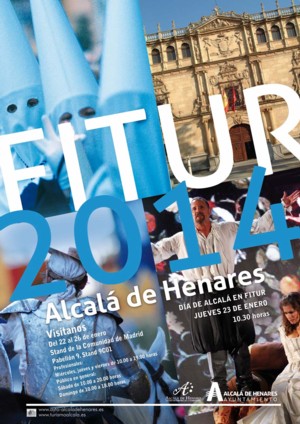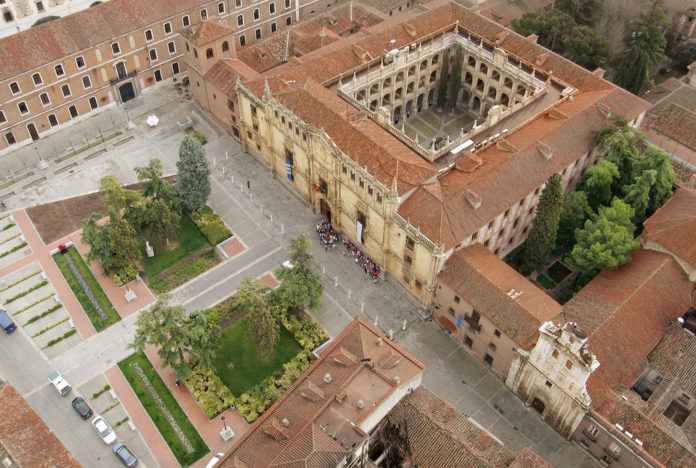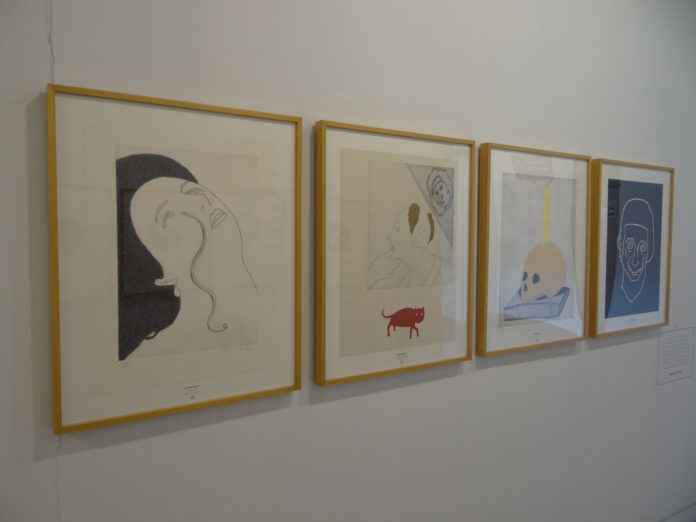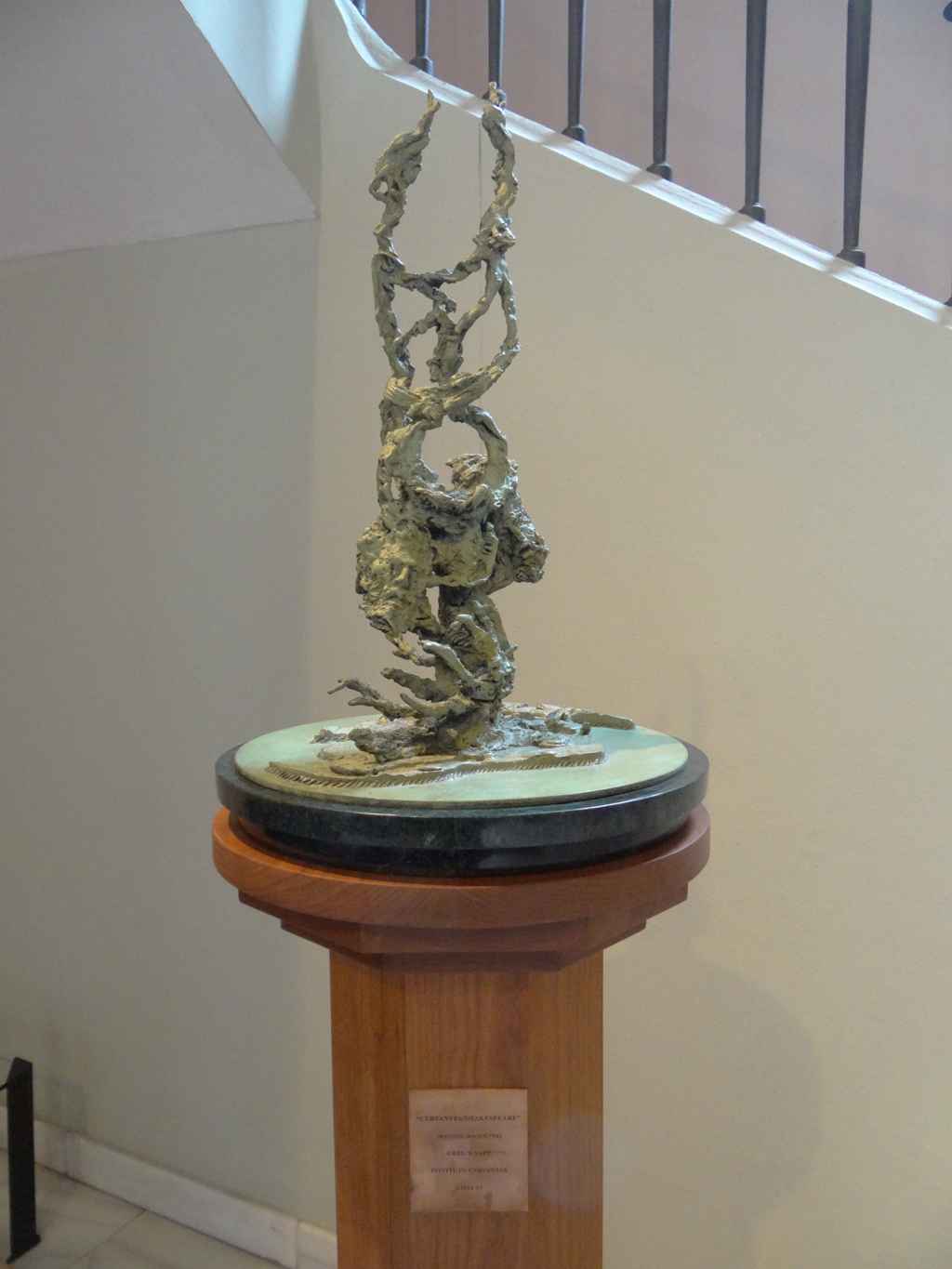Conoce los detalles de la programación del Carnaval de Alcalá de Henares para 2014. El Carnaval es el acontecimiento más multitudinario en Alcalá durante el mes de marzo.
La concejala de Fiestas Mayores del Ayuntamiento de Alcalá de Henares, Virginia Sanz, ha presentado la programación para el Carnaval 2014 y ha destacado principalmente el incremento de un día de actividad así como «la participación de entidades y de asociaciones, ya que, tras el éxito obtenido en la Cabalgata de Reyes, contaremos con la colaboración del Club Patín Alcalá y del Taller de Danza en el Entierro de la Sardina, además del habitual apoyo en la organización de las Peñas Festivas de la Ciudad«.
Otra de las novedades del Carnaval 2014 será la recuperación de los Concursos de Comparsas así como del Baile de Máscaras, y la gran actuación de «El Pulpo«. La cuantía de los precios en metálico aumentará de 1.150 a 3.000 euros para fomentar la participación ciudadana. Además, tras el éxito de la pasada edición del Carnaval, la concejalía de Fiestas Mayores apuesta de nuevo por la actuación de la Chirigota gaditana, «Los Primeros en Mojarse».
Detalle de la Programación
Sábado, 1 de marzo
18:00 h. CONCURSO DE COMPARSAS
Pasacalles con acompañamiento musical, de todas las comparsas participantes desde la Plaza de los Santos Niños hasta la Plaza de Cervantes por Calle Mayor, estableciéndose los siguientes premios: Primer premio 1.000 euros, segundo premio 500 euros y tercer premio 300 euros.
Las bases del concurso de comparsas son las siguientes: podrán participar todos aquellos grupos que lo deseen en número no inferior a 5 personas; deberán presentarse disfrazados y se premiará la originalidad, el buen gusto, la gracia y el arte popular.
Los participantes deberán inscribirse, desde el día 10 al 28 de febrero en la Oficina de Información y Turismo de la Plaza de los Santos Niños de 10:00 a 14:00 y de 16:00 a 19:00. Todos los participantes inscritos deberán estar el día 1 de marzo a las 17:30 horas en la Plaza de Los Santos Niños y llevar su dorsal.
20:00 h. ACTUACIÓN EN DIRECTO DE «EL PULPO»
Plaza de Cervantes (Quiosco de la música)
21:00 h. GRAN CONCURSO DE BAILE DE MÁSCARAS
Con actuación de Orquesta «Guantánamo» en Directo desde el Quiosco de la música de la Plaza de Cervantes, podrán participar todas las personas que lleven una máscara y el jurado valorará a las parejas con las máscaras más originales y otorgará un primer premio dotado con 300 euros, un segundo premio de 200 euros y un tercer premio de 100 euros. No será necesaria la inscripción previa.
22:30 h. ENTREGA DE PREMIOS Y TROFEOS
23:00 h. CONTINUACIÓN BAILE DE MÁSCARAS
Domingo, 2 de marzo
11:00 – 15:00 h. PARQUE INFANTIL GRATUITO
Plaza de Cervantes
12:00 h CONCURSO INFANTIL DE DISFRACES
Desfile de los participantes desde la Plaza de los Santos Niños hasta la Plaza de Cervantes, a través de la Calle Mayor con acompañamiento de pasacalles infantil a cargo del Taller de Danza Alcalá. A continuación, se realizará el concurso en el Quiosco de la música de la Plaza de Cervantes, con regalos para todos los participantes y premios para los ganadores.
Podrán participar en el concurso todos los niños y niñas de hasta 12 años que acudan disfrazados y que se hayan inscrito del 10 al 28 de febrero en la Oficina de Información y Turismo de la Plaza de los Santos Niños de 10:00 a 14:00 y de 16:00 a 19:00. Todos los participantes inscritos deberán estar el día 2 de marzo a las 11:30 horas en la Plaza de Los Santos Niños y llevar su dorsal.
14:30 h. ENTREGA DE PREMIOS Y TROFEOS DEL CONCURSO INFANTIL
Tras la deliberación del Jurado se entregará un primer premio de una bicicleta, un segundo premio de una videoconsola y un tercer premio de cuatro entradas para los Parques Reunidos.
18:00 h. CONCURSO GENERAL DE DISFRACES
Por la tarde, tendrá lugar el concurso general de disfraces que dará comienzo con un pasacalles con acompañamiento musical, de todos los participantes desde la Plaza de los Santos Niños hasta la Plaza de Cervantes por la calle Mayor.
En el concurso podrán participar todas aquellas personas mayores de 12 años que acudan disfrazados y que se hayan se hayan inscrito del 10 al 28 de febrero en la Oficina de Información y Turismo de la Plaza de los Santos Niños de 10:00 a 14:00 y de 16:00 a 19:00. Todos los participantes inscritos deberán estar el día 2 de marzo a las 11:30 horas en la Plaza de Los Santos Niños y llevar su dorsal.
19:30 h. ACTUACIÓN DE CHIRIGOTA GADITANA «LOS PRIMEROS EN MOJARSE».
En el transcurso de la actuación el jurado valorará a los participantes en el Concurso de Disfraces.
Plaza de Cervantes (Quiosco de la música).
20:30 h. ENTREGA DE PREMIOS Y TROFEOS
El jurado premiará la originalidad, el buen gusto, la gracia y el arte popular y otorgará un primer premio de 300 euros, y segundo premio de 200 euros y un tercer premio de 100 euros.
Miércoles, 5 de marzo.
19:00 h. ENTIERRO DE LA SARDINA.
En la Plaza de Cervantes tendrá lugar la concentración de Comparsas, así como de todos los participantes en el CARNAVAL, junto al Quiosco de la música. Un pasacalle organizado por Taller de Danza Alcalá realizará el siguiente recorrido: Plaza de Cervantes, Calle Mayor, Plaza Santos Niños, Calle San Juan, Calle Cardenal Sandoval y Rojas y Huerta del Palacio Arzobispal, donde se procederá a la quema de la sardina.
20:30 h. QUEMA DE LA SARDINA Y ESPECTÁCULO PIROTÉCNICO
Huerta del Palacio Arzobispal.
Más información:


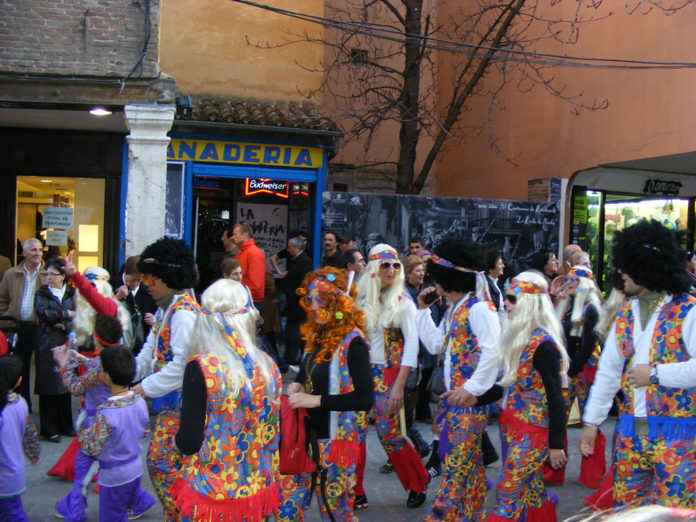
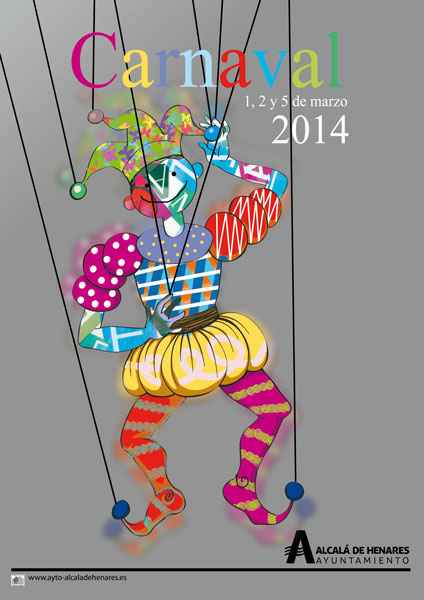
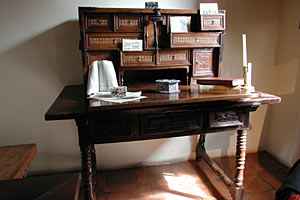
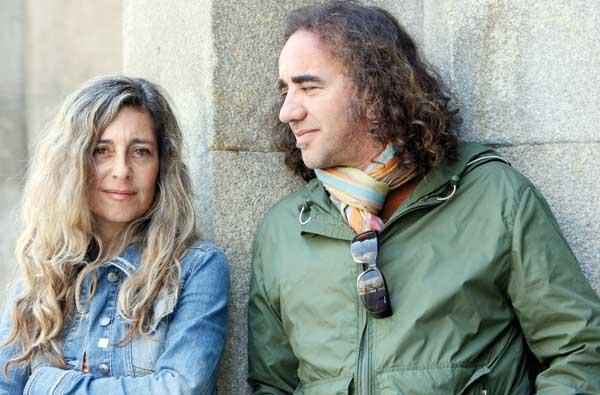
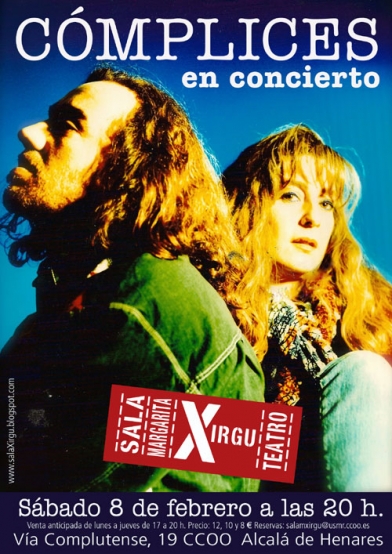
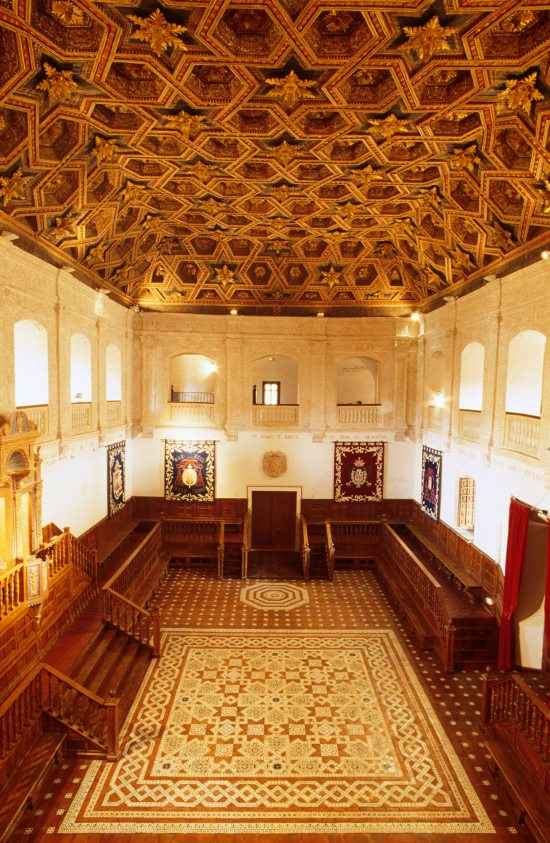
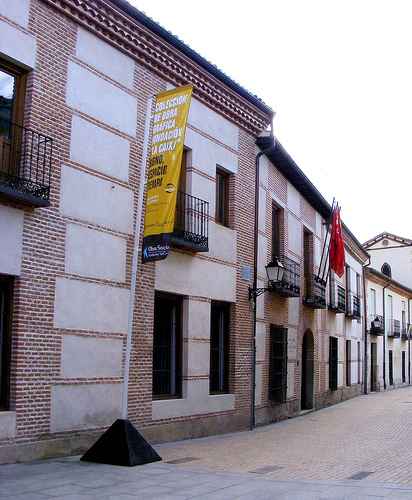
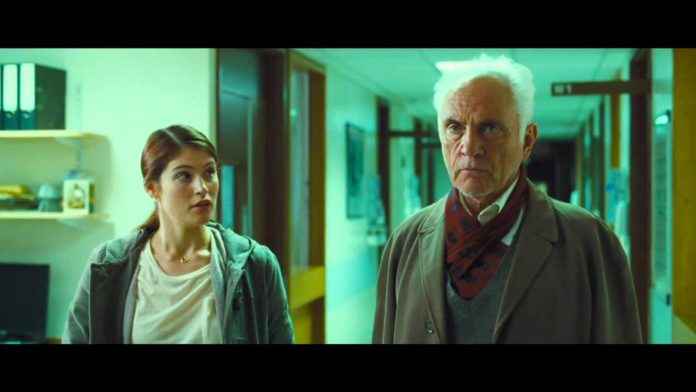
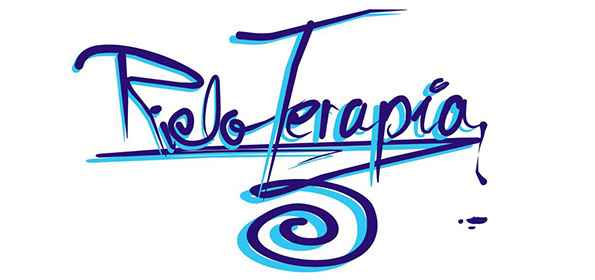
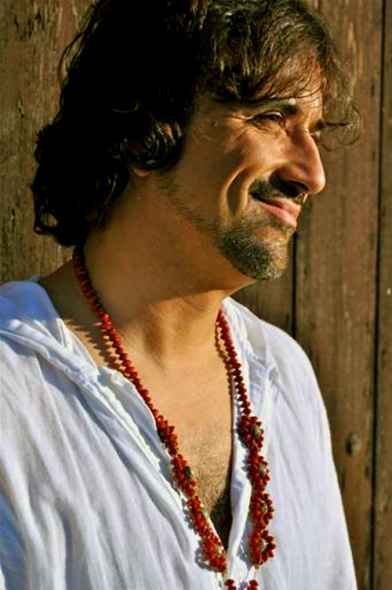
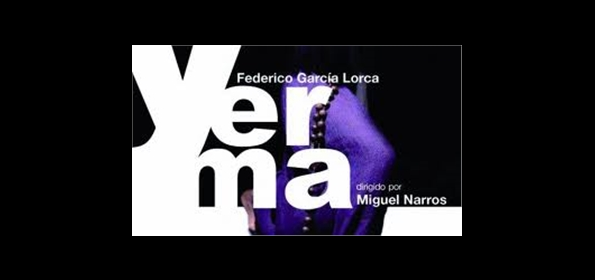
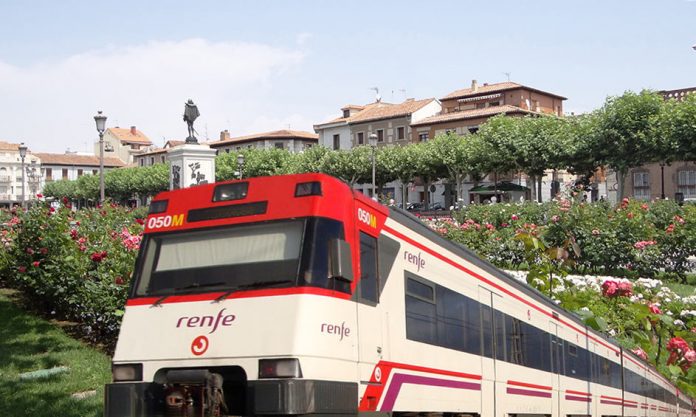
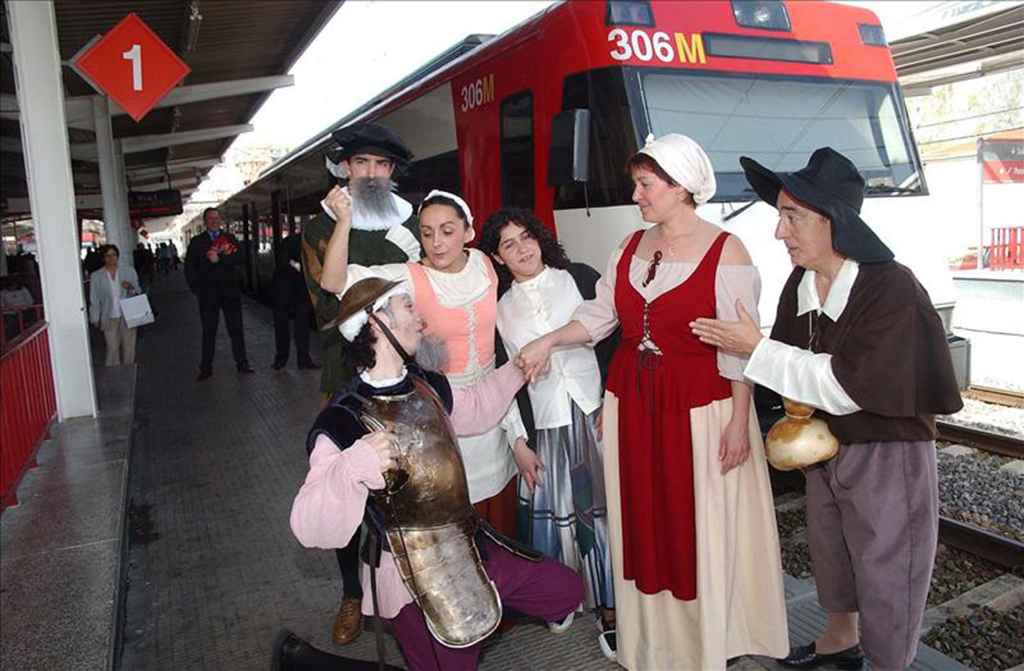
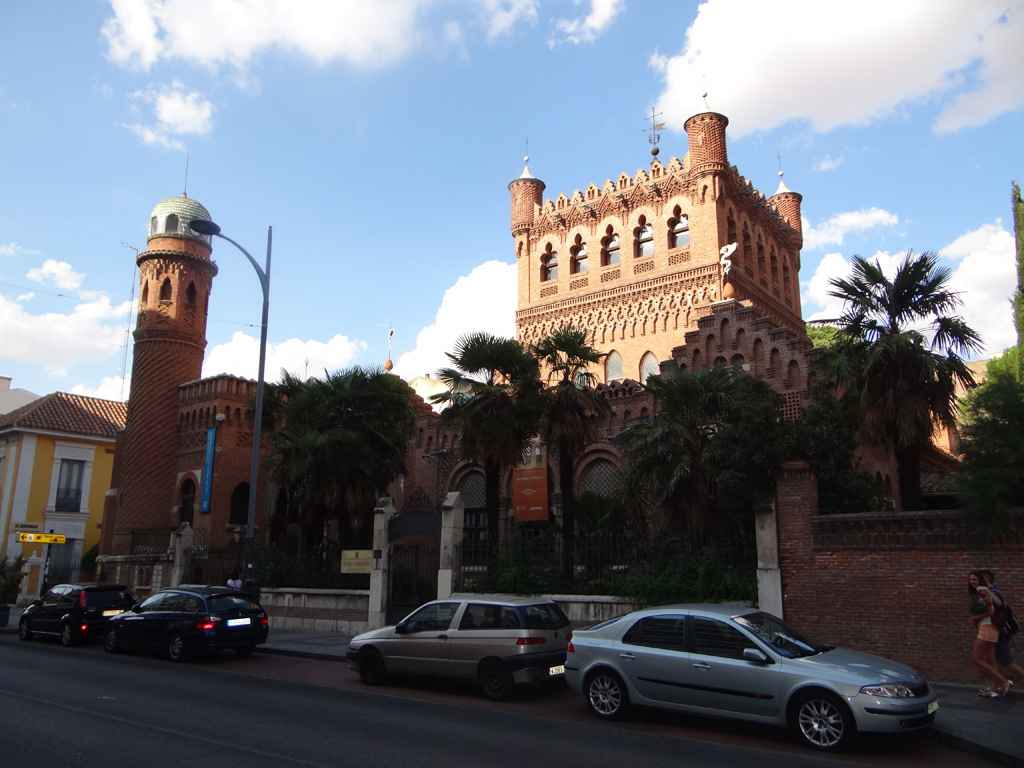
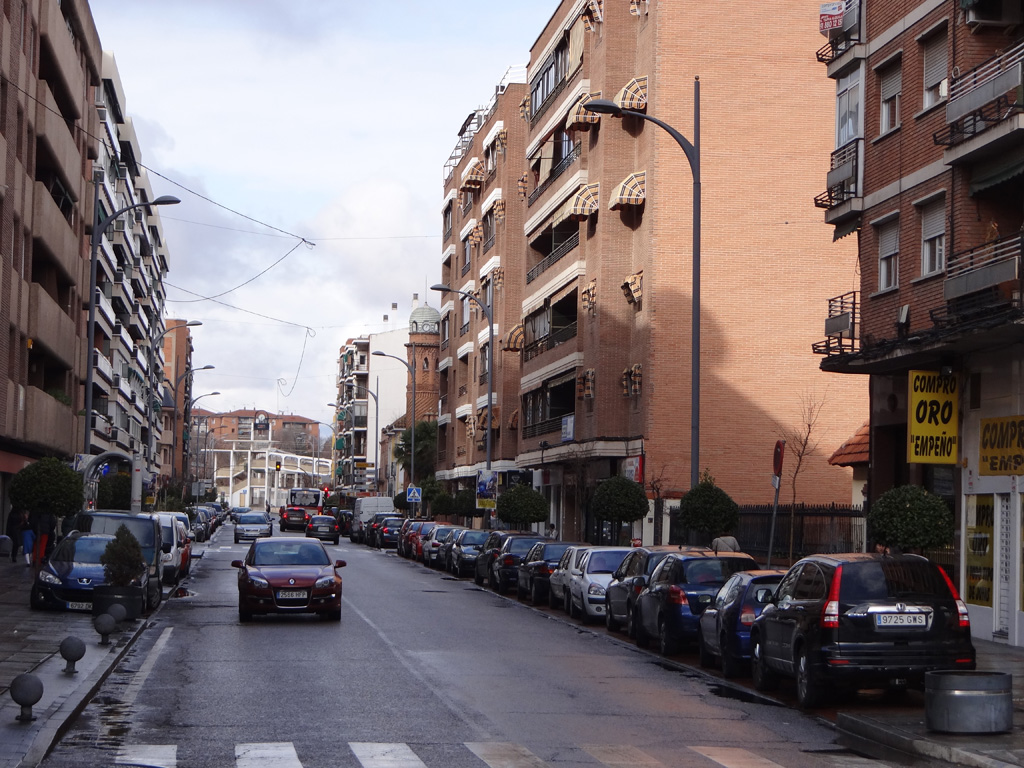
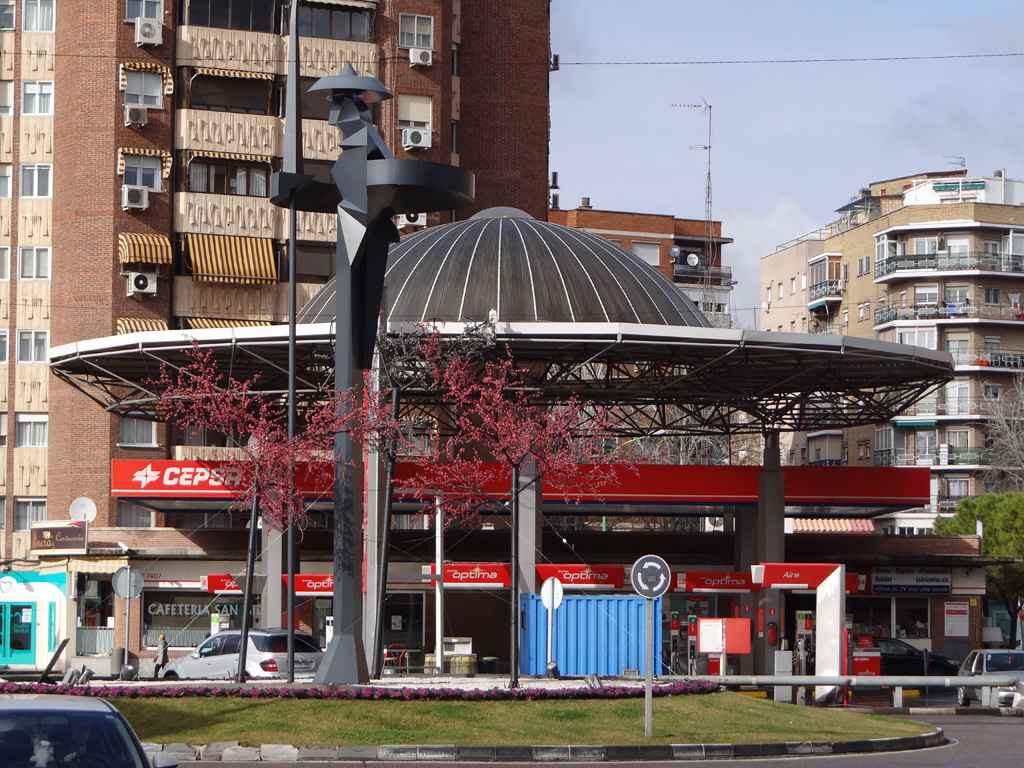
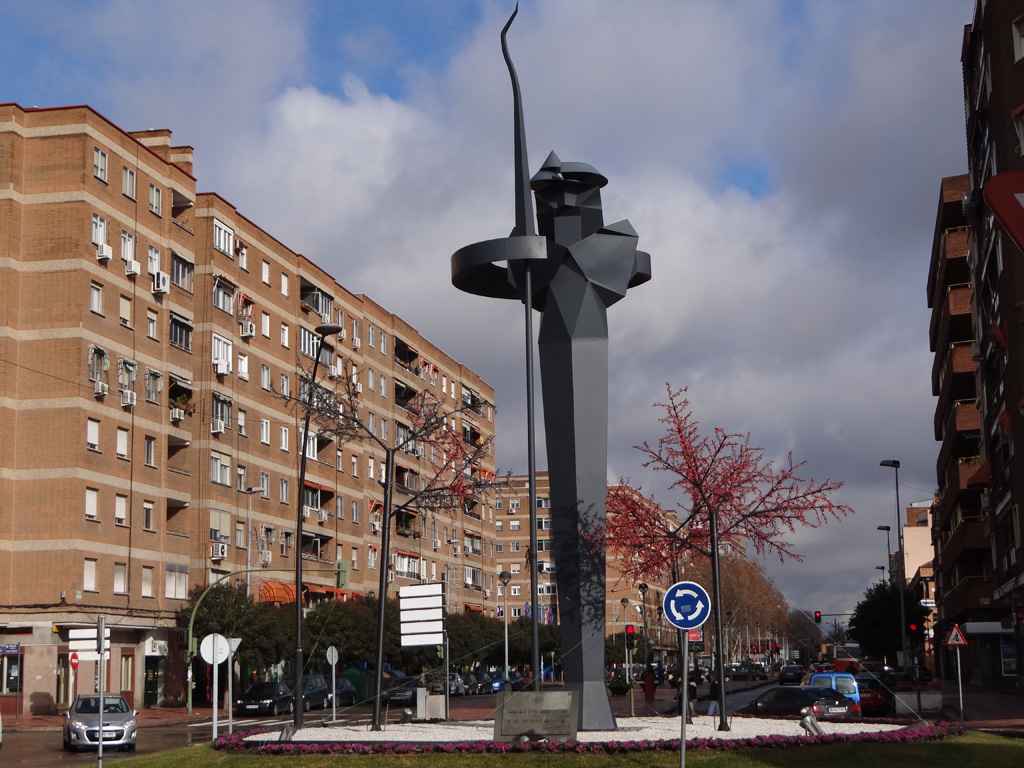
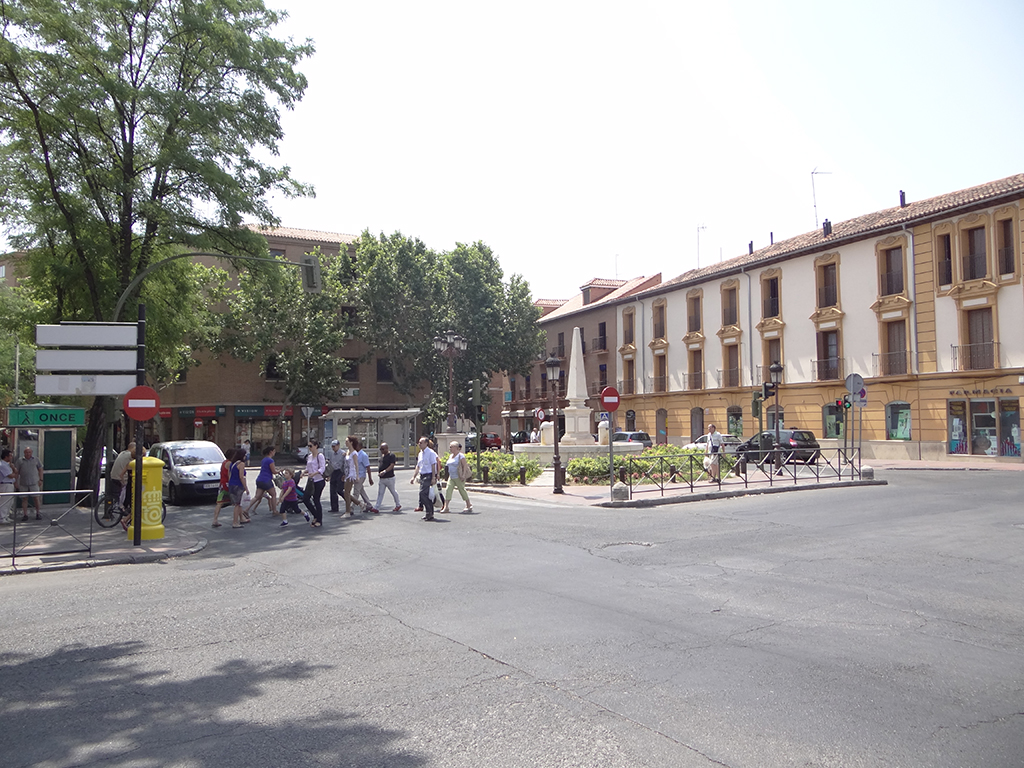
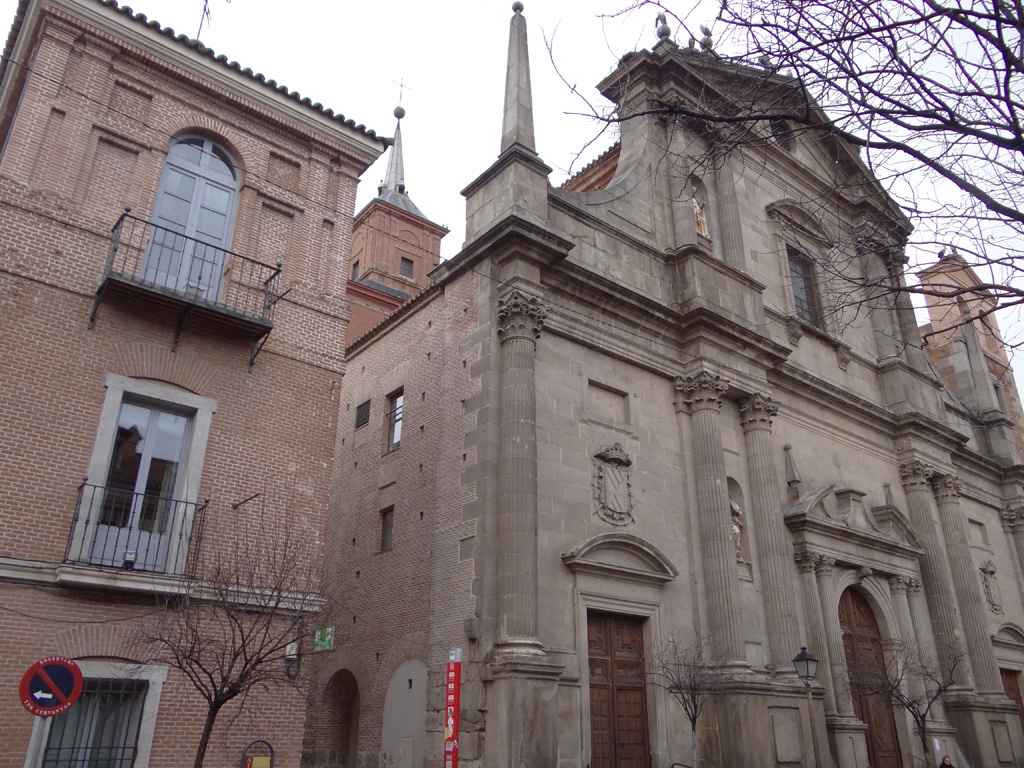

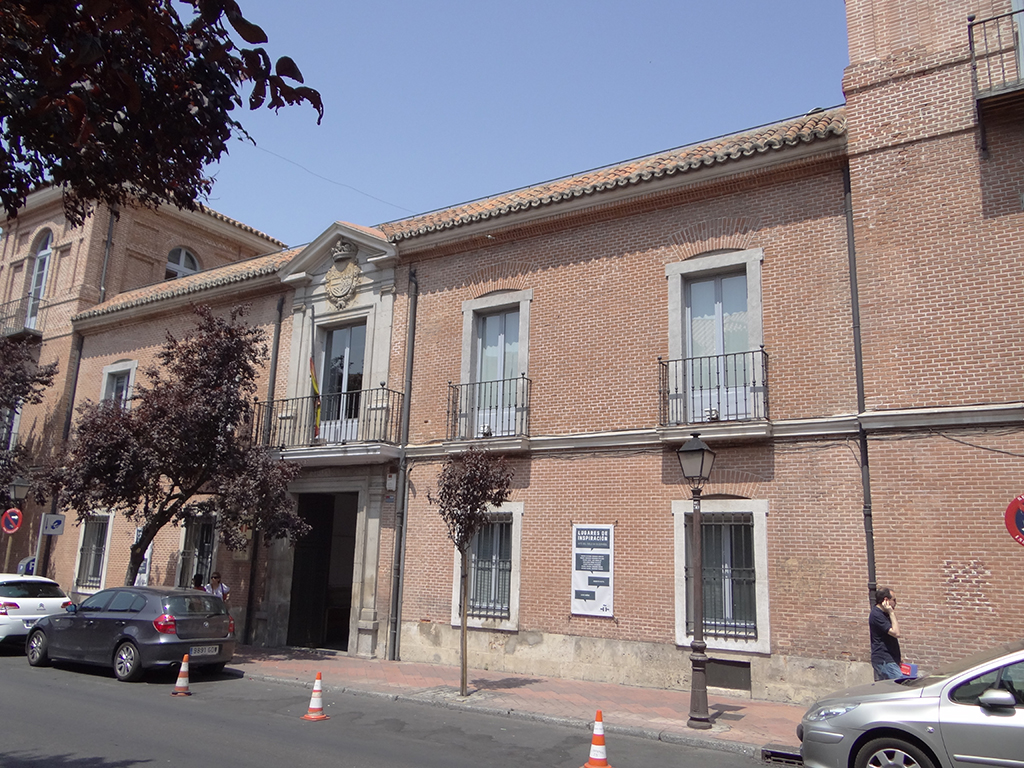
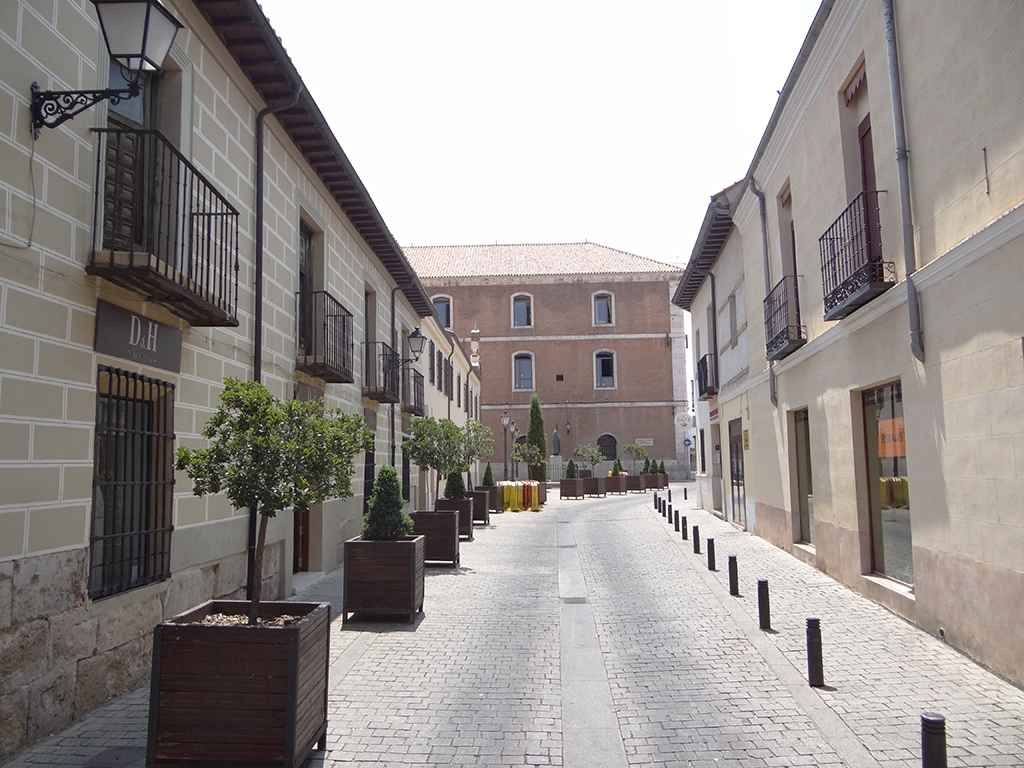
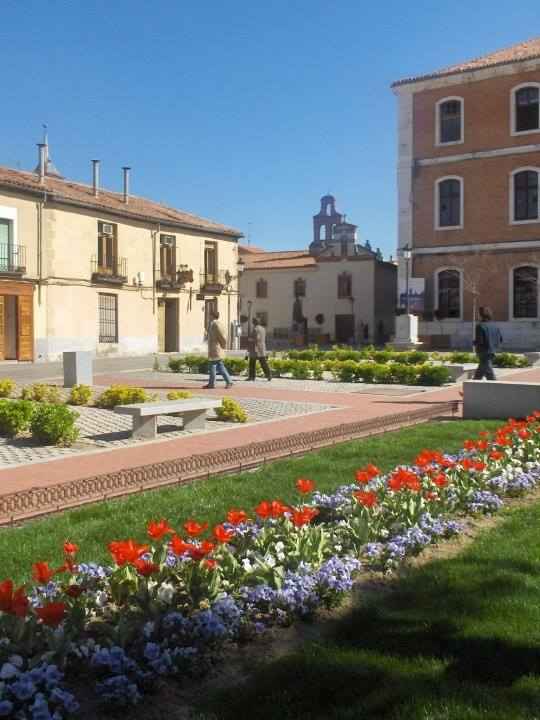
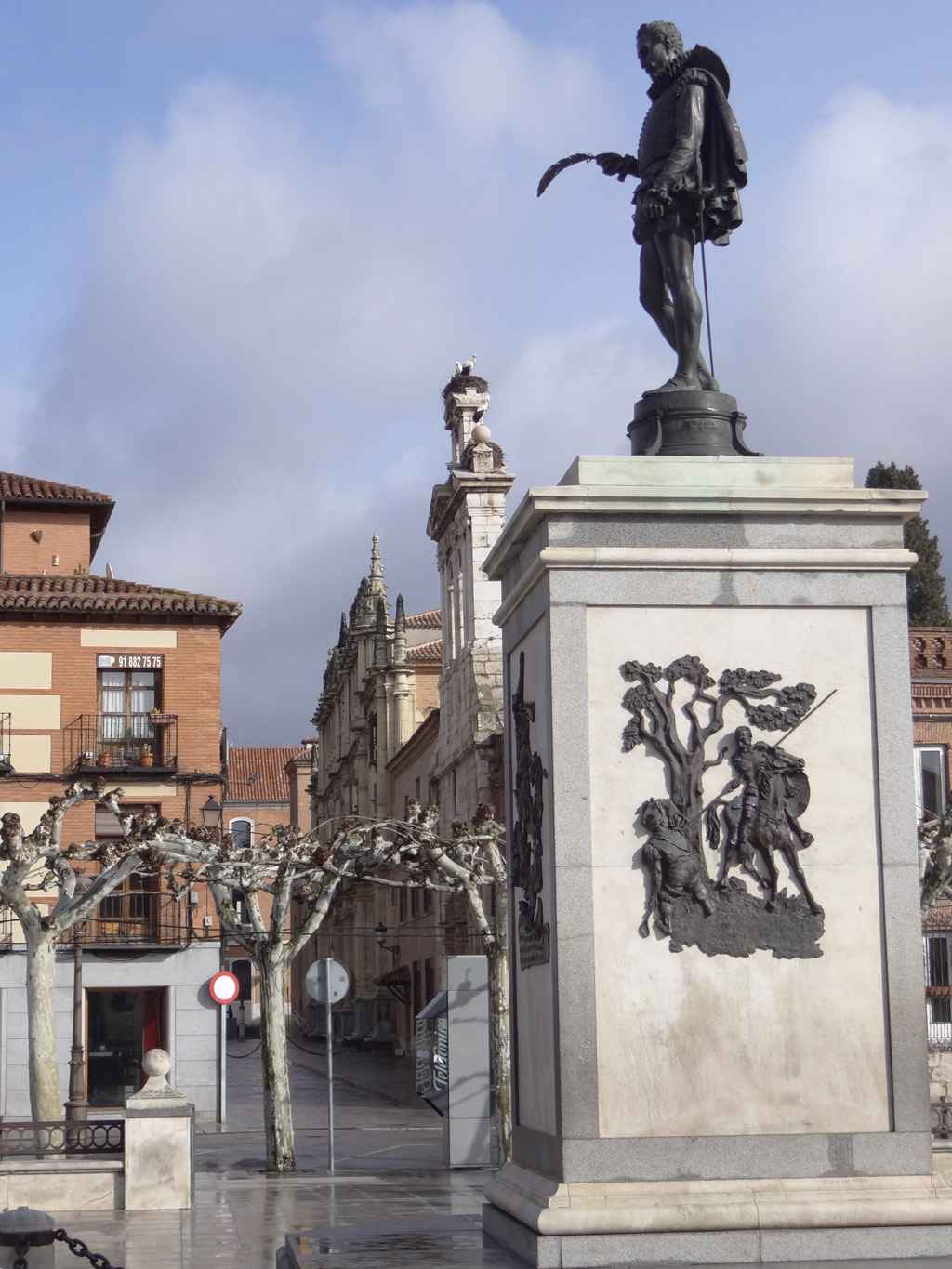
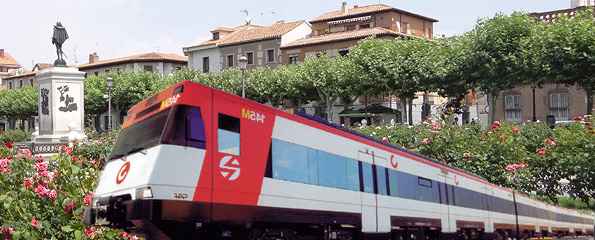
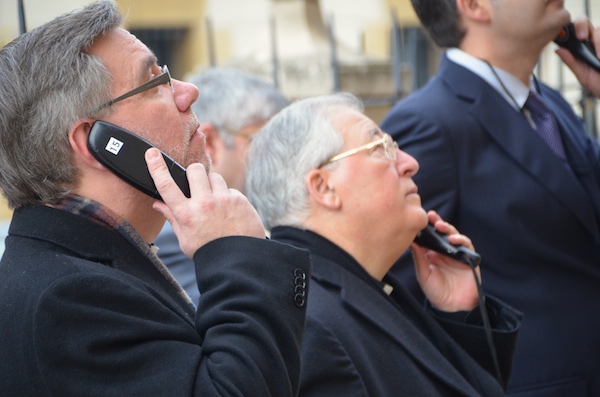
 La Catedral Magistral de Alcalá de Henares estrena un nuevo sistema de Audioguías en inglés y español, en las que el propio Cardenal Cisneros hace de maestro guía.
La Catedral Magistral de Alcalá de Henares estrena un nuevo sistema de Audioguías en inglés y español, en las que el propio Cardenal Cisneros hace de maestro guía.